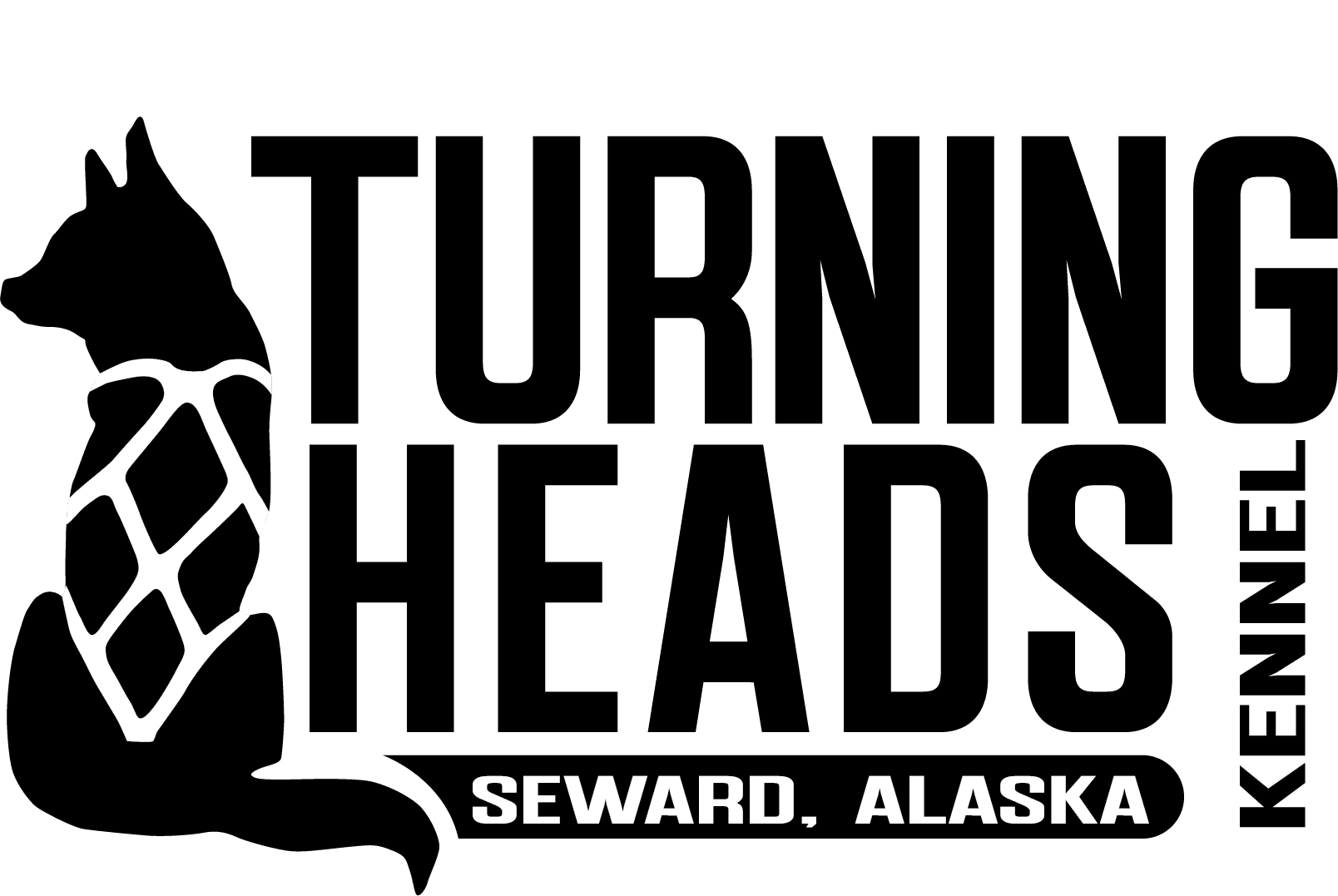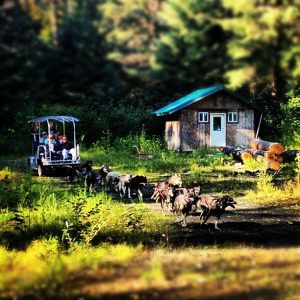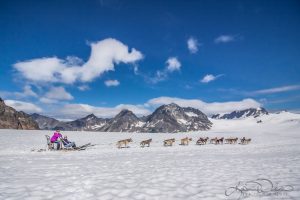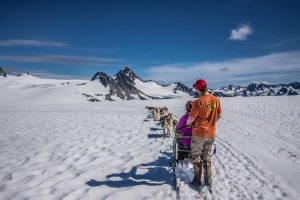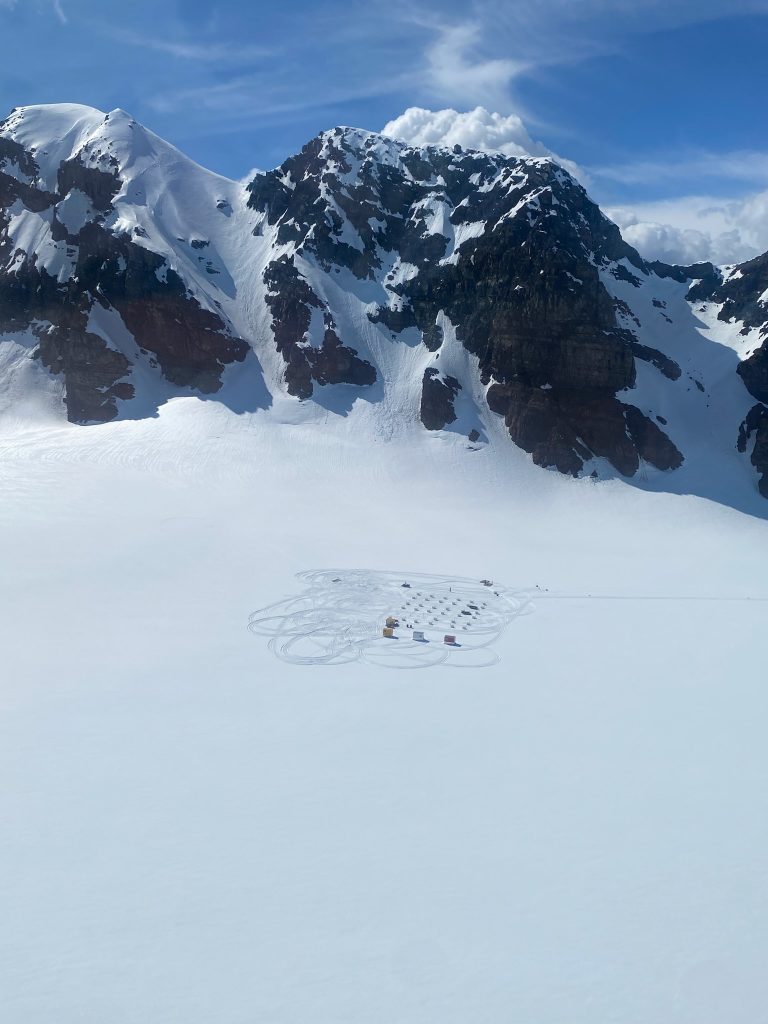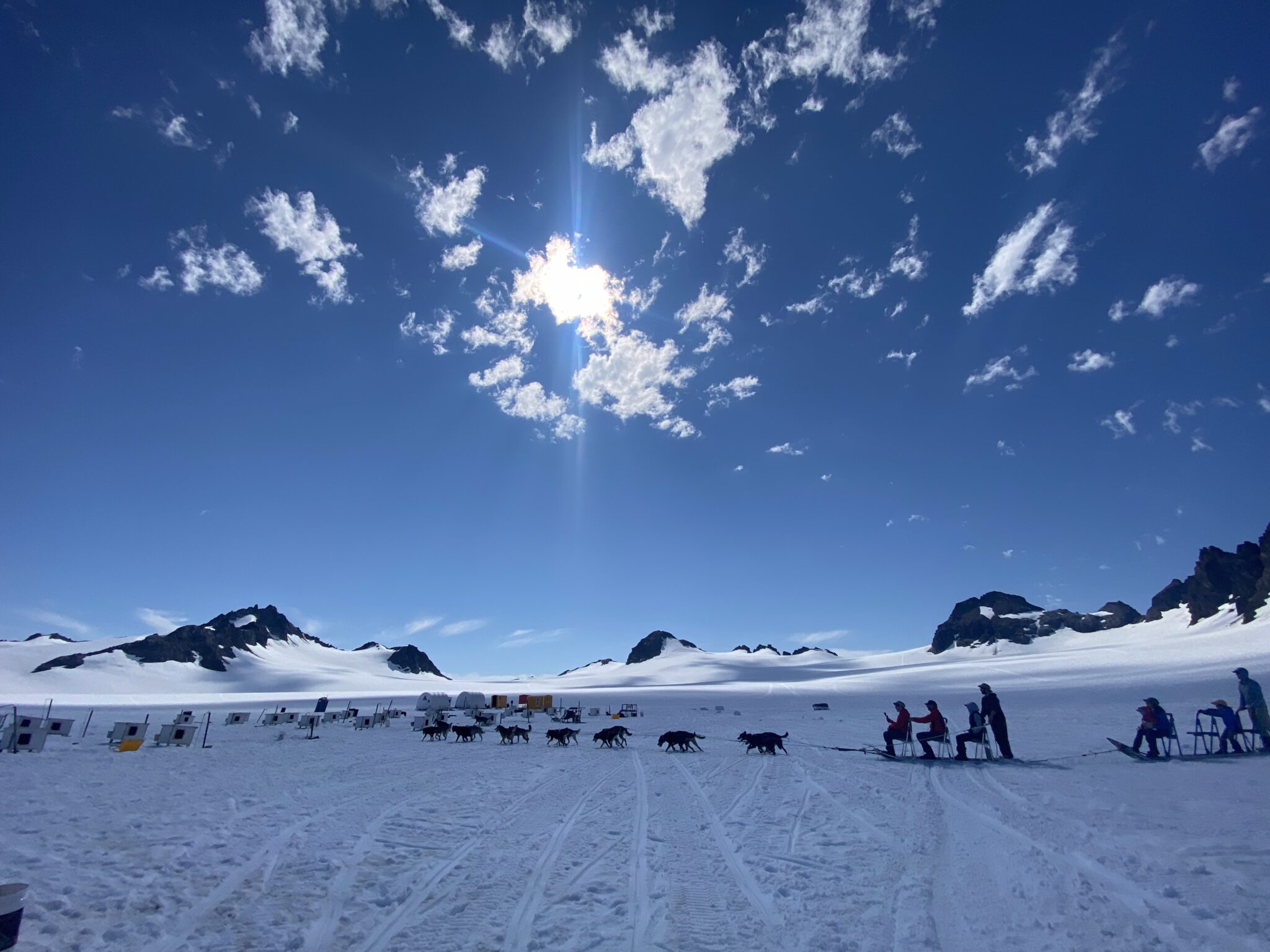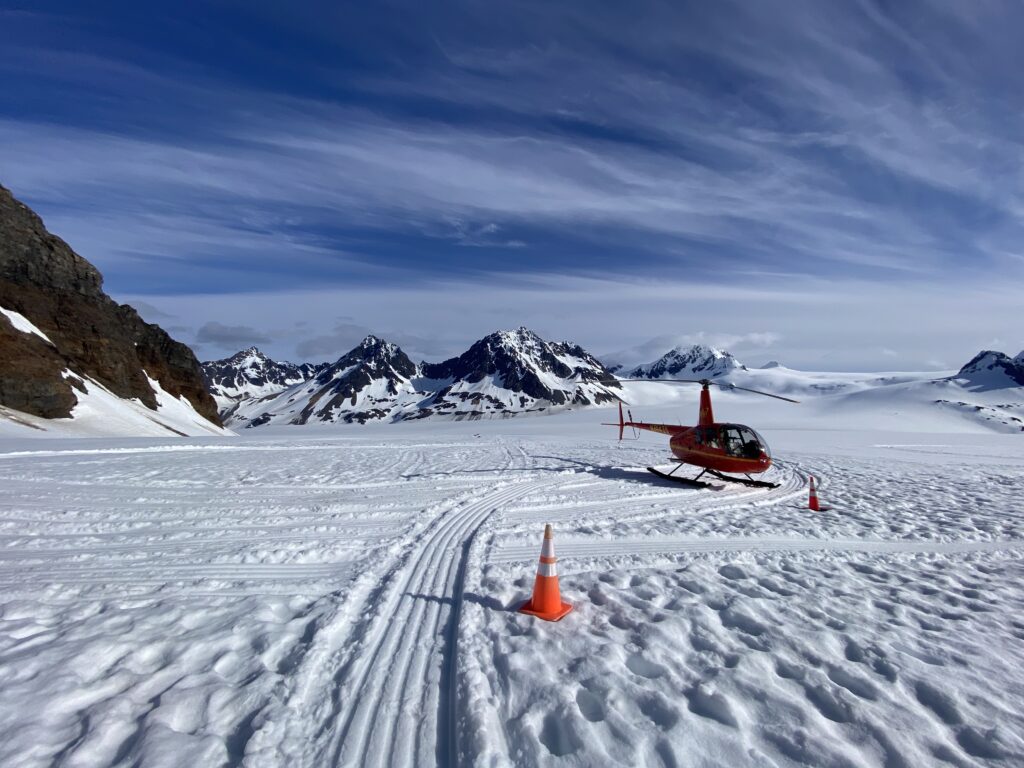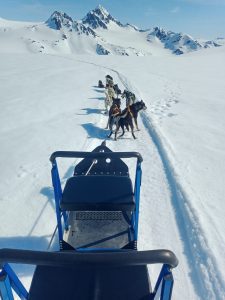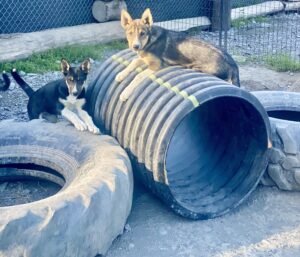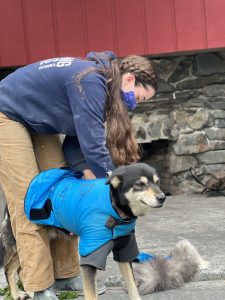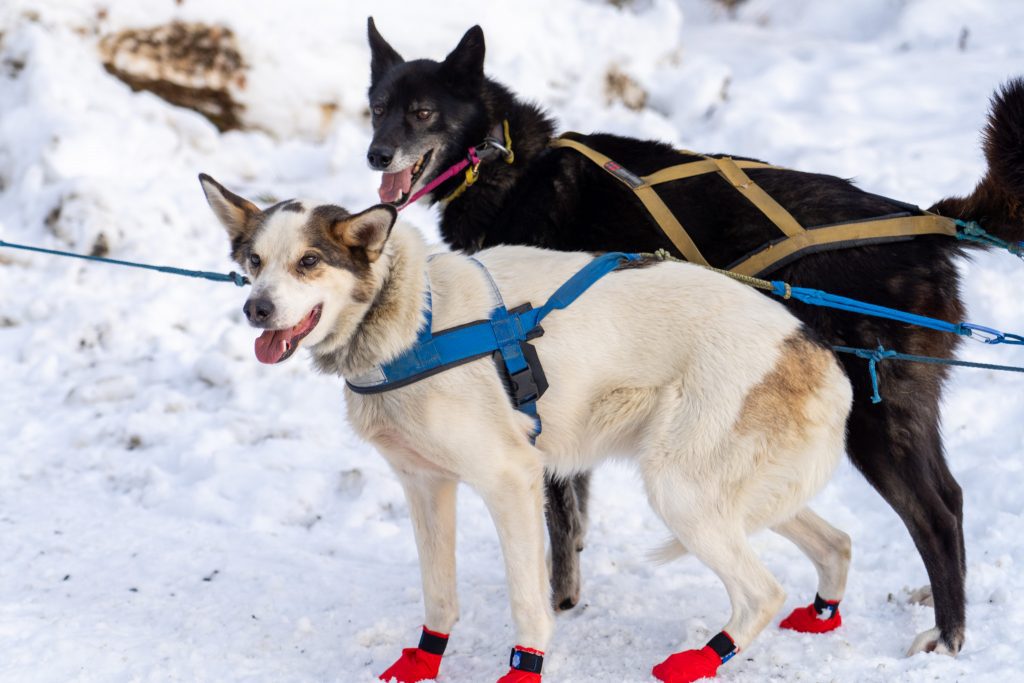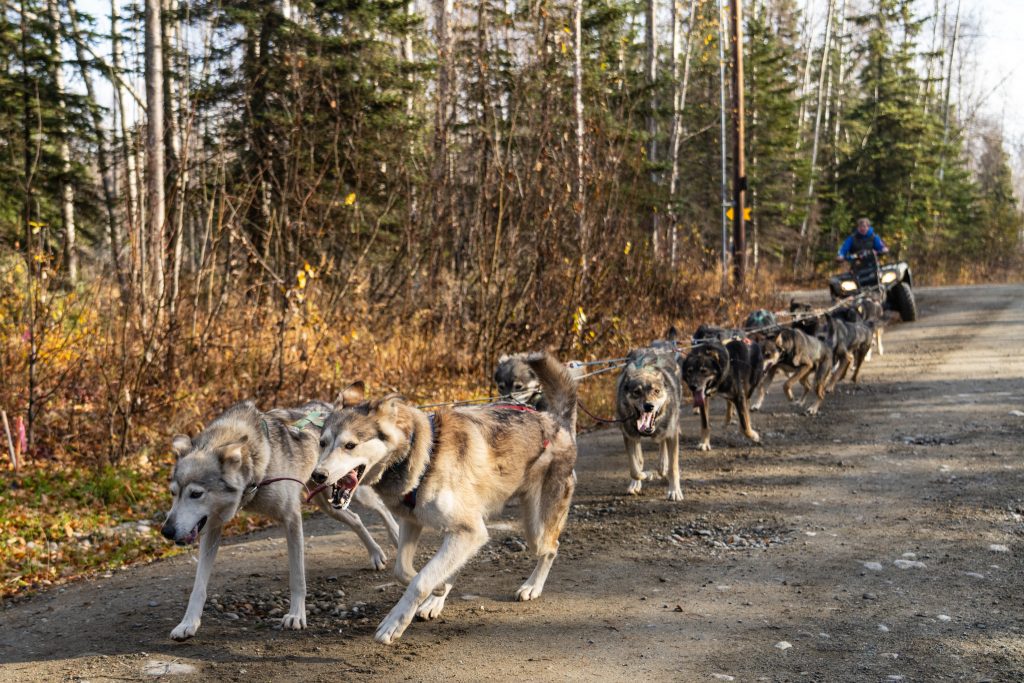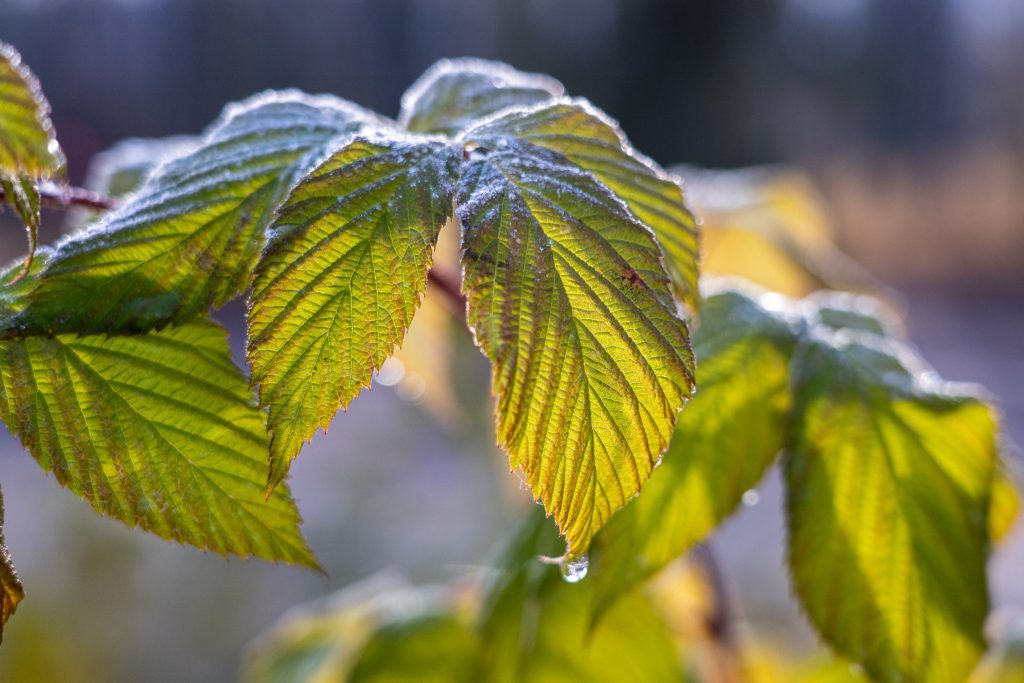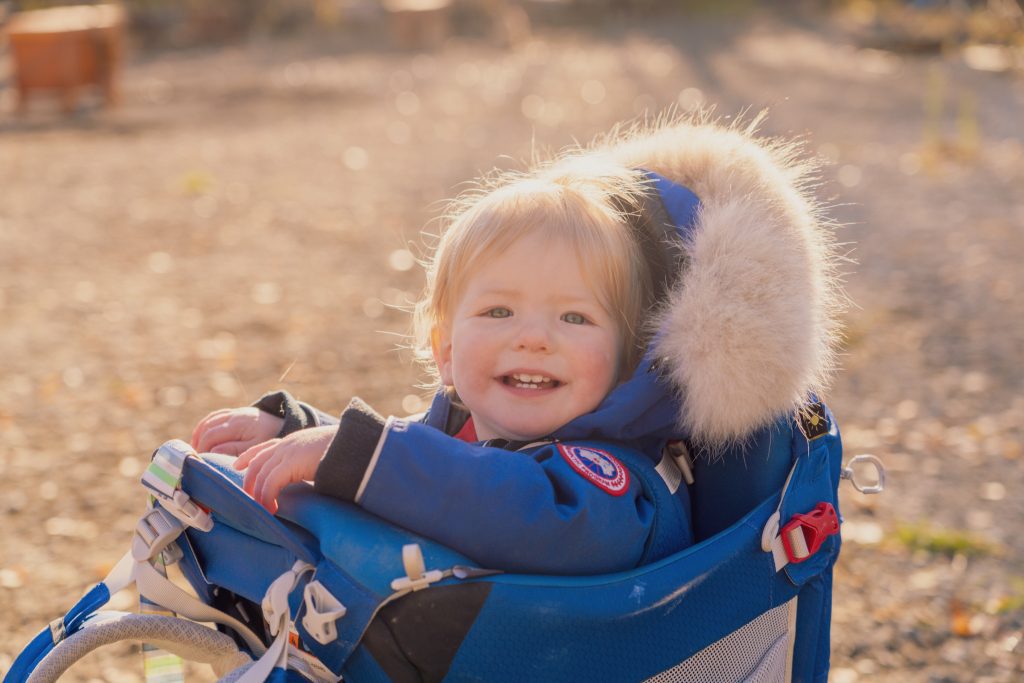Alaska’s rich dog mushing history is deeply rooted in its culture, transportation, and sporting traditions. Even after the snow melts, summer dog sledding tours offer visitors the chance to experience the thrill of mushing while exploring Alaska’s breathtaking landscapes. Here’s a guide to some of the most popular options:
Glacier Dog Sledding: A Bucket-List Adventure
Glacier dog sledding combines the excitement of mushing with the awe-inspiring beauty of Alaska’s snow-covered glaciers. This unforgettable experience is perfect for those seeking adventure in one of Earth’s most stunning natural settings.
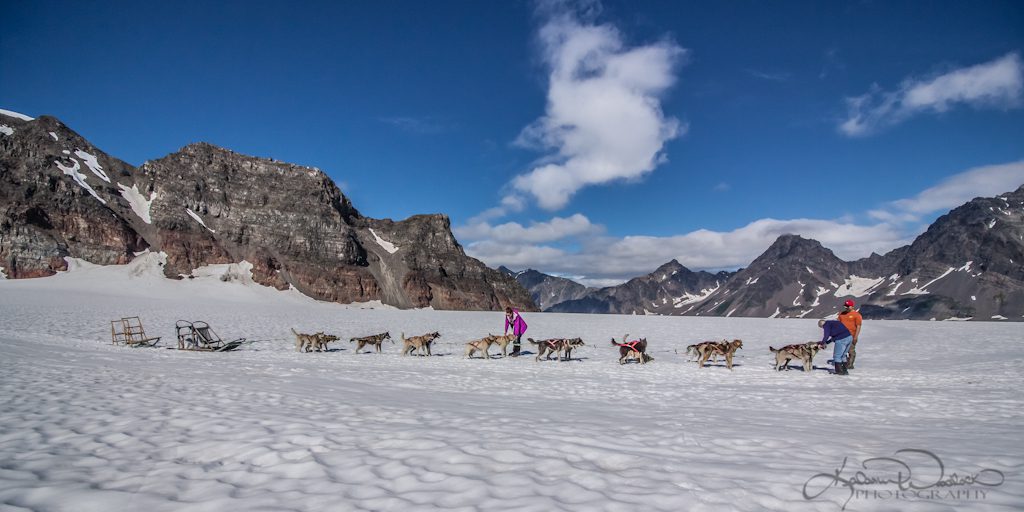
What is Glacier Dog Sledding?
This unique experience begins with a helicopter flight to a remote glacier. On arrival, visitors meet a team of sled dogs and their mushers, then embark on a sled ride across the pristine snow.
What to Expect on a Glacier Dog Sledding Tour:
- Scenic Helicopter Ride: Enjoy breathtaking views of Alaska’s rugged wilderness, glaciers, and peaks from above.
- Meet the Dogs and Mushers: Learn about sled dog training, care, and the history of dog mushing.
- Hands-On Mushing: Depending on sled design you can simulate what it is like to drive the team under the musher’s guidance.
- Incredible Scenery: Surrounded by field of snow and towering peaks, the setting is nothing short of magical.
Why Choose Glacier Dog Sledding?
- Summer Snow Adventure: Experience a winter wonderland in the middle of summer.
- Iconic Tradition: Connect with Alaska’s mushing heritage and its incredible canine athletes.
- Unparalleled Beauty: Explore some of the world’s most breathtaking landscapes.
Glacier Dog Sledding Tips:
- Dress in warm layers—even in summer, glaciers are cold.
- Bring a camera to capture the stunning scenery.
- Book early, as these tours are highly popular.
- Bring sunglasses and wear sunscreen.
Wheeled Cart Dog Sledding: Mushing Without the Snow
Wheeled cart dog sledding is the perfect solution for those visiting during snow-free months. This warm-weather alternative offers all the excitement of mushing, but with sled dogs pulling specially designed carts on scenic trails.
What to Expect on a Wheeled Cart Dog Sled Tour:
- Meet the Dogs: Get to know the energetic sled dogs, often with opportunities to pet and interact with them.
- Ride in the Cart: Enjoy a thrilling ride behind a team of sled dogs as they pull a sturdy, comfortable cart.
- Scenic Trails: Explore Alaska’s natural beauty on dirt or gravel paths through forests and open landscapes.
- Learn from Mushers: Gain insights into sled dog training and care during the off-season.
Why Choose Wheeled Cart Dog Sledding?
- Accessible year-round for visitors outside the winter season.
- Family-friendly and suitable for all ages.
- Offers a closer connection with the dogs.
Tips:
- Wear sturdy shoes and dress for the outdoors.
- Reserve your spot early, especially during peak tourist months.
Kennel Tours and Dog Sled Demonstrations: Behind the Scenes
For a deeper dive into Alaskan mushing, kennel tours and dog sled demonstrations provide an educational and interactive experience. These tours allow you to meet the dogs, watch demonstrations, and learn about the dedication it takes to train a competitive sled dog team.
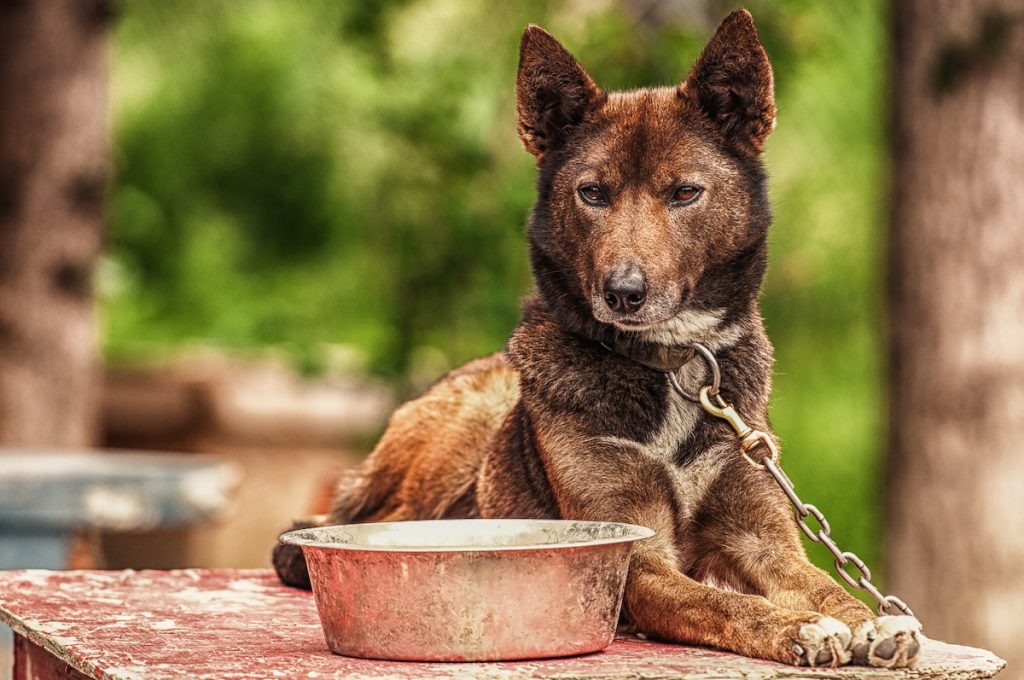
What to Expect on a Kennel Tour:
- Meet the Dogs: Interact with sled dogs and learn about their unique roles and personalities. Puppies, if available, are always a favorite!
- Learn the History: Explore the evolution of dog mushing from transportation to competitive sport.
- Watch Demonstrations: See sled teams in action with carts, rollers, or snow sleds, depending on the season.
- Go Behind the Scenes: Discover the care, training, and teamwork that goes into maintaining a sled dog team.
Why Choose a Kennel Tour?
- Hands-on interaction makes it ideal for families and dog lovers.
- Supports local mushers and their racing efforts.
- Offers a relaxed alternative to more adventurous tours.
Tips:
- Ask questions—mushers love sharing their passion.
- Dress appropriately for outdoor settings.
- Be ready for enthusiastic greetings from the dogs!
Husky Walks: A Calmer Connection
For a slower-paced adventure, husky walks let you take a scenic stroll alongside sled dogs. This activity provides one-on-one time with the dogs while enjoying Alaska’s natural beauty.
What to Expect on a Husky Walk:
- Walk with friendly sled dogs, often on leashes or harnesses.
- Explore scenic trails surrounded by forests, mountains, or open landscapes.
- Learn about the dogs’ training, care, and roles as part of a sled team.
Why Choose a Husky Walk?
- Perfect for all ages and fitness levels.
- Provides a unique way to bond with the dogs.
- Great for those seeking a relaxed, interactive experience.
A Summer Adventure You’ll Never Forget
From gliding across a glacier to walking trails with a sled dog by your side, Alaska’s summer dog sledding tours offer something for everyone. These tours connect visitors with the state’s mushing heritage while showcasing its incredible landscapes and wildlife.
Embrace the adventure, meet Alaska’s iconic sled dogs, and create memories that will last a lifetime!
